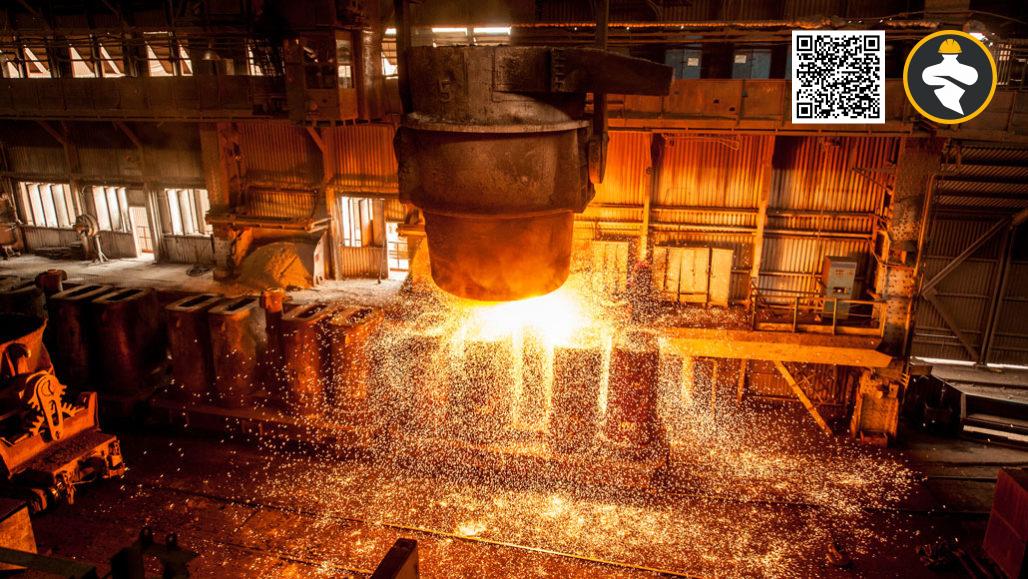To advance technology, people have continually found new ways to use materials like silicon and steel. The Alchemy of Us by materials scientist and scientific writer Ainissa Ramirez contends that these technologies have nevertheless accidentally altered our bodies and society. Clocks with ever-increasing accuracy, first built with steel springs and then quartz crystals, kept society running smoothly. But, with the Industrial Revolution’s emphasis on industrial schedules, people started to become more and more fascinated with time, which had a negative impact on our sleep patterns. Similarly, carbon filament electric lights extend working and recreational hours but mess with circadian rhythms, which has a number of detrimental effects on health.
However, not all of the side effects have been negative: Beginning in the 1840s, iron and copper telegraph cables allowed news to spread fast across the United States. Since the technology required brief communications, it influenced the terse tone of American newspapers whose reporters used it to convey dispatches from a distance. Ramirez contends that Ernest Hemingway’s succinct, understandable prose was inspired by this writing style.
The book is filled with fascinating, little-known tales from the history of science and offers clear, concise explanations of the materials science underlying these tales. Ramirez carefully chooses the characters in her stories, providing a welcome change from the cliché of the lone scientific genius. Instead, we learn about Ruth Belville, who in early 20th-century England “sold time” and carried a highly accurate pocket watch, as well as chemist Caroline Hunter and photographer Ken Williams, both of whom worked for Polaroid and who, in the 1970s, fought their employer over the use of instant photography to track South Africans during apartheid.
Ramirez highlights the flaws of the people she covers, defying the trend of hero worship in history of science. For instance, Samuel Morse, who is famous for developing the telegraph, defended slavery and decried immigrants.
The author’s passion is infectious: As she screams about the “marvelous metamorphosis that occurs when carbon unites with iron” to make steel, the substance suddenly seems amazing, with cakelike layers that make it both flexible and powerful. Later chapters include steel again, this time woven within tales of technologies that depended on increased steel production.
Ramirez makes interesting linkages between concepts in science and culture that at first glance appear to be unrelated. The book’s overarching message is depressing but upbeat: Things can transform us in unexpected ways. But society can decide how to react if it is aware of these repercussions.
Reference: The Alchemy of Us – Ainissa Ramirez, Emily Conover @ sciencenews.org












